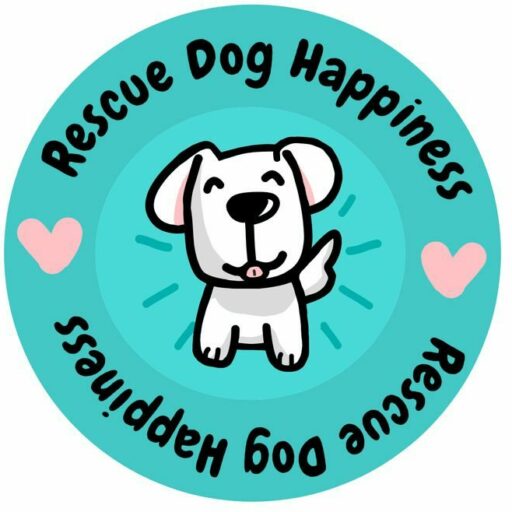Contents
Can Dogs Eat Salt? Deciphering the Dos and Don’ts of Your Dog’s Diet
Salt, or sodium chloride, is a crucial part of any diet, including a dog’s. However, like anything, it must be administered in moderation. Let’s delve into the dynamics of dogs and salt consumption.
Canines, Salt and the Dangerous of Too Much
Dogs, like humans, do require some amount of salt in their diet for their bodies to function correctly. Sodium plays a critical role in many biological processes, including the regulation of blood volume, nerve function, and muscle activity. However, too much salt can be detrimental to a dog’s health.
What Happens When Dogs Eat an Excessive Amount of Salt?
Salt poisoning, or sodium ion poisoning, occurs when a dog consumes a large amount of salt. The high sodium levels disrupt the balance of electrolytes, which can lead to severe complications. When a dog’s sodium levels become too high, water is drawn out of the cells to counterbalance the salt concentration. This can lead to symptoms such as vomiting, diarrhea, lethargy, excessive thirst, urination, and potential kidney damage.
In extreme cases, it can lead to neurological symptoms such as tremors, seizures, or even coma. If left untreated, salt poisoning can be fatal.
3 Signs Your Dog Has Eaten Too Much Salt
1. Excessive Thirst and Urination
One of the initial signs of salt poisoning in dogs is polydipsia (excessive thirst) and polyuria (increased urination). If your dog is drinking and urinating more than usual, it may be a sign they’ve consumed too much salt.
2. Vomiting and Diarrhea
These are common symptoms of many illnesses in dogs, but they can also indicate salt poisoning. If your dog has eaten a large amount of salty food and starts vomiting or has diarrhea, they may have consumed too much salt.
3. Neurological Symptoms If Dogs Eat Salt (too much)
In severe cases, salt poisoning can cause neurological symptoms like loss of coordination, seizures, or even coma. If you notice any of these symptoms, it’s crucial to get your dog to the vet as soon as possible.
Before Sharing Food With Your Canine
It’s vital to be aware of the salt content in any food you plan to share chips, snacks and any food for that matter with your dog. It’s important to know what’s in it.
While small amounts of salt aren’t harmful, many human foods contain levels of salt that are too high for dogs. Always check the sodium content of any food, and when in doubt, it’s best to stick to dog-specific treats.
What to Do If You Suspect Too Much Salt Intake
If you suspect your dog has eaten a large amount of salt, it’s crucial to seek veterinary care immediately. The vet can provide fluids and electrolytes to help bring your dog’s sodium levels back to normal and monitor them for any potential complications.
Concluding Can Dogs Eat Salt – What to Know
In conclusion, while dogs do require some amount of salt in their diet, it’s essential to ensure they do not consume too much. Always monitor your dog’s diet closely and consult with your vet if you have any concerns about their sodium intake.
